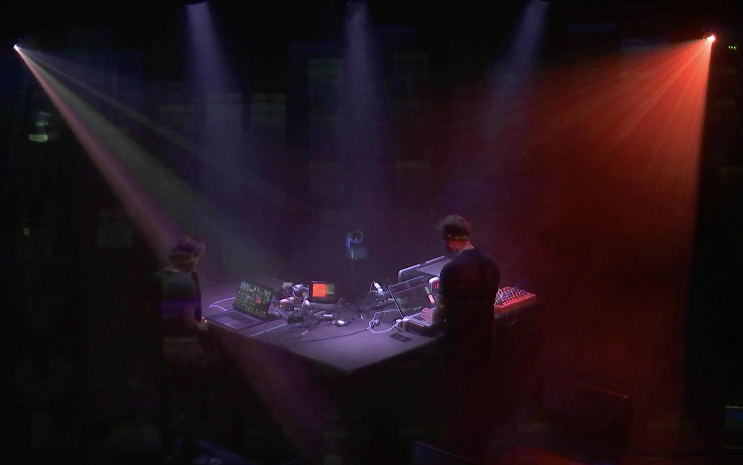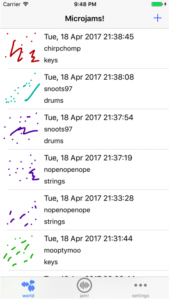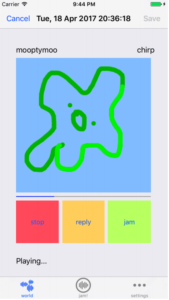Master Thesis of Mila Pham – Merseburg University of Applied Sciences
Mater’s Degree Programm: Information Design & Media Management
Conception of a barrier-free mobile social network app for people with intellectual disabilities
05. September 2018
1. Gestaltungshöhe
The chosen Master thesis is a mostly written exemplar which contains only few graphics and illustrations. When I read the title „Conception of a barrier-free mobile social network app for people with intellectual disabilities“ I expected to have more graphical due to the fact that the author Mila Pham studied Information Design & Media Management at Hochschule Merseburg. Unfortunately I couldn’t find a exemplar which corresponds to my ideas of a design work, but still this thesis matched the most to my future master thesis.
2. Innovationsgrad
I have been never aware of intellectual disabilities and the way to interact. So I think the topic itself is not that innovative, but the way the author is pointing the interaction between disabled people and their behavior in the online world made me curious to choose this thesis. Also because it fits to the master thesis I’ve chosen before from the FH Joanneum. Due to their special needs it can be a challenge for them to connect with other people and find new friends. This state can result in feeling completely isolated and excluded from society.
3. Selbstständigkeit
The author makes the impression of working independently, but in case of creating Personas I would expect to speak to real people instead of creating assumed data.
4. Gliederung und Struktur
In our lessons we’ve learned that the content structure should not contain more than four points. But this master thesis has more than seven points which makes it harder for structuring and understanding the content while reading the text. In the point of Usability the author described every steps very well. Nevertheless it could be more graphical to show the real product and make it more interesting.
5. Kommunikationsgrad
A big part of the communication is how the author included tests like usability tests and also questionnaires and interviews to rely on real data for her thesis.
6. Umfang der Arbeit
In the whole, the master thesis contains 121 pages of which four pages is the content and 9 pages are references.
7. Orthographie, Sorgfalt und Genauigkeit
In case of Orthographie I didn’t recognize any mistakes. The language is in a very simple English written which makes it not that professional and what is also a negative point is that German and English language partly is mixed.
8. Literatur
The work consists mainly of book sources, but there are also many internet sources used. But it’s definitely not good structured, because the author didn’t categorize the sources.



